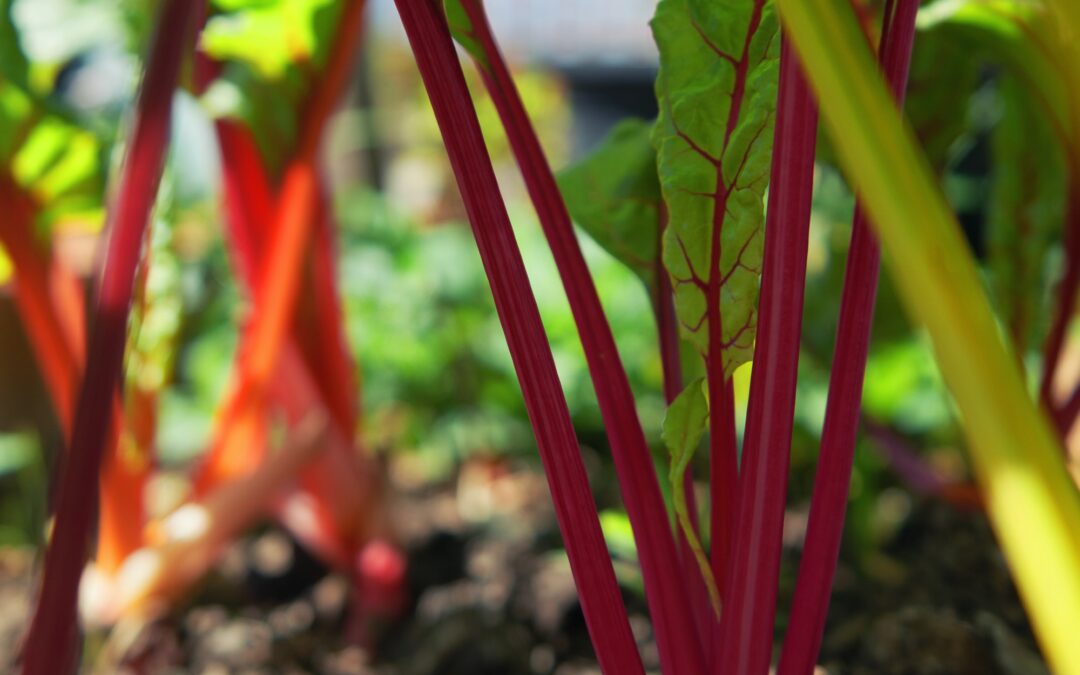I had the pleasure of visiting Sarah Raven’s Perch Hill this week, and I gleaned lots of valuable tips around dahlias, salad crops and the like. What I wasn’t expecting was to come away with a newfound appreciation for Swiss chard.
That’s right – this beautiful edimental is one of gardening expert and author Sarah Raven’s all-time favourite crops to grow at home. In fact, if faced with the task of bringing one packet of seeds to a desert island, Sarah said it’d be Swiss chard that makes the cut.
That’s because it’s a hugely productive crop – you’ll get plenty of bang for your buck, and the leaves are versatile in the kitchen, too.

(Image credit: Getty Images)
In the gardens at Perch Hill, Sarah grows a huge range of salad crops. I spotted heavy crops of tomatoes, peppers and aubergines among the beds – but it’s the sun-loving vegetable Swiss chard that yields the most impressive harvests.
‘It’s the highest weight producer from a square metre of ground of any edible crop I’ve ever grown,’ Sarah said. ‘I’ve measured it and I promise, chard wins the weight race.’
Better still, Sarah says Swiss chard crops for six months straight from a single sowing – and if you sowed the 250 seeds in Sarah’s ‘Swiss Chard ‘Lucullus’ seed packet, that’s a lot of leaves.

(Image credit: Future PLC/Heather Young)
It’s because Swiss chard, like lettuce, is a cut-and-come-again vegetable.
‘If you pick the outer leaves, the heart grows another layer to replenish them,’ Sarah explained. ‘Then, if it starts to run up to flower and you cut that back quickly, again, more leaves will form.’
That means the more you pick from a Swiss chard plant, the more leaves will grow – so it’s a win-win!

(Image credit: Future PLC/Heather Young)
With the right frost protection (namely, a cloche like the Christow Small Grow Tunnel Cloche from Amazon), Sarah says you can even grow Swiss chard over the winter months. You’ll need to get sowing soon, though.
‘Sow in August to September and March to April in a seed tray or straight into the ground, individually spacing seeds at least 8cm apart,’ Sarah advised. ‘If all germinate, you can transplant once they are about 2-3cm tall and wide.’
Once established, Swiss chard is a brilliant drought-tolerant vegetable that’s pretty easy to grow and maintain.
Personally, I’m a huge fan of all the varieties available – you can go for Swiss Chard ‘White Silver 2’ from Sarah Raven for white leaves, or Swiss Chard ‘Celebration’ from Thompson & Morgan for a spectrum of colour.
Have you grown Swiss chard before? I’d love to hear your variety recommendations!

